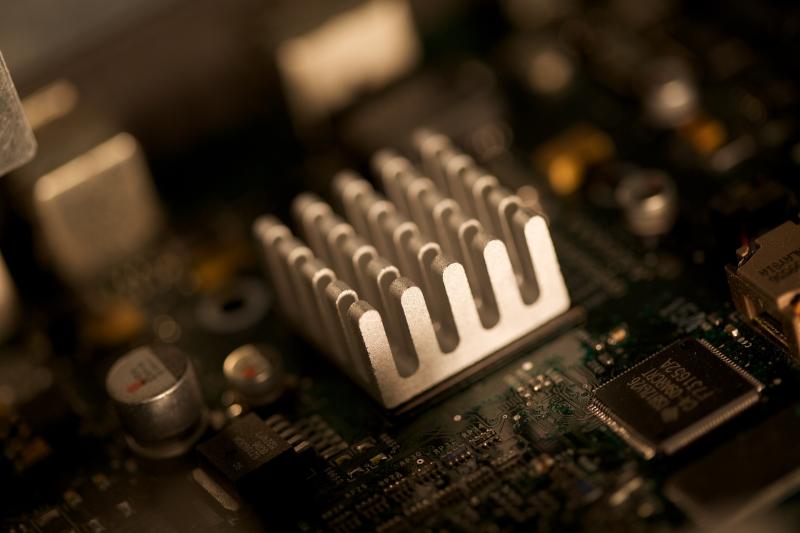
New design in thermoelectric devices can increase both output power and efficiency
A significant problem in electronic devices is the generation of heat during their operation. This phenomenon not only leads to the wastage of electric power but can also damage the device. Thermoelectric materials, which convert heat to electricity and vice versa, can be used to turn the generated heat back into electricity, thereby saving power and avoiding overheating of the device.
In a recent study, Prof Bhaskaran Muralidharan and Mr Swarnadip Mukherjee of the Indian Institute of Technology Bombay (IIT Bombay) have proposed a new design guideline for thermoelectric generators to harness heat better. Their design, the researchers say, can increase the output power of these generators by about two times and achieve a 10% increase in efficiency as compared to similar existing technologies. The study was published in the journal Physical Review Applied and was funded by the Indian Space Research Organisation (ISRO).
The efficacy of thermoelectric devices to convert heat into electricity is measured using figure-of-merit. More efficient the device, the more the portion of available heat it can transform into electricity.
“A good thermoelectric generator should generate high output power at a high conversion efficiency. However, there is a limit to how much these parameters can be maximised. An attempt to maximise one of these parameters can only be achieved at the cost of the other,” explains Prof. Muralidharan.
Studies show that making devices using nanomaterials can help to maximise the figure of merit. However, generating high power with these tiny devices is challenging, and efficiency needs to be traded for maximum power output and vice versa.
The objective of the present study was to understand the tradeoff between efficiency and power output better and propose a mechanism to optimise this tradeoff. The proposed design uses semiconducting nanomaterials made of compounds of elements such as aluminium, gallium and arsenic, arranged in thin layers. This design, which is an improvement on existing methods, is inspired by an implementation called Fabry-Perot cavity in optics. Fabry-Perot cavity consists of two reflecting mirrors facing each other. It acts as an optical filter and lets only light waves of specific frequency pass through it without reducing their intensity much.
Previous studies have shown that if a thermoelectric material lets only electrons of a particular energy range to pass through and filter out the rest, then it can achieve maximum efficiency at a given power. Nanostructures called resonant tunnelling devices (RTD) possess such a property and are used in thermoelectric applications.
The current study aims at using resonant tunneling devices to design thermoelectric devices which have very high efficiency at the given maximum power than traditional RTDs. To achieve this, the researchers proposed designing thermoelectric devices that have a Fabry-Perot cavity-like structure.
“Our device consists of a resonant tunnelling structure placed in between two material layers which act as a barrier for electrons. The barriers act akin to a pair of mirrors used in the optical Fabry-Perot setup. This device also works on the same principle as that of an optical Fabry-Perot cavity by allowing only electrons with certain energies to pass through,” details Mr Mukherjee.
The current study showed that the height of the wall barriers is analogous to the refractive index of the mirrors. These findings helped the scientists propose a specific design rule for the cavity barriers. Based on the proposed guidelines the scientists constructed two sample designs and performed detailed computations of their performances.
“Applying our design rule on some semiconductor devices, we achieved a huge boost in the thermoelectric power at a high conversion efficiency,” says Mr Mukherjee.
Through computer simulations, the researchers also demonstrated that their design could outperform other similar designs and identified different conditions under which it would give better results.
“We believe that our study opens up a new avenue for designing solid-state devices for various applications with the simplest of structures that can be fabricated within the existing technological framework,” says Prof. Muralidharan on the potential implications of the study.
This article has been run past the researchers, whose work is covered, to ensure accuracy.






